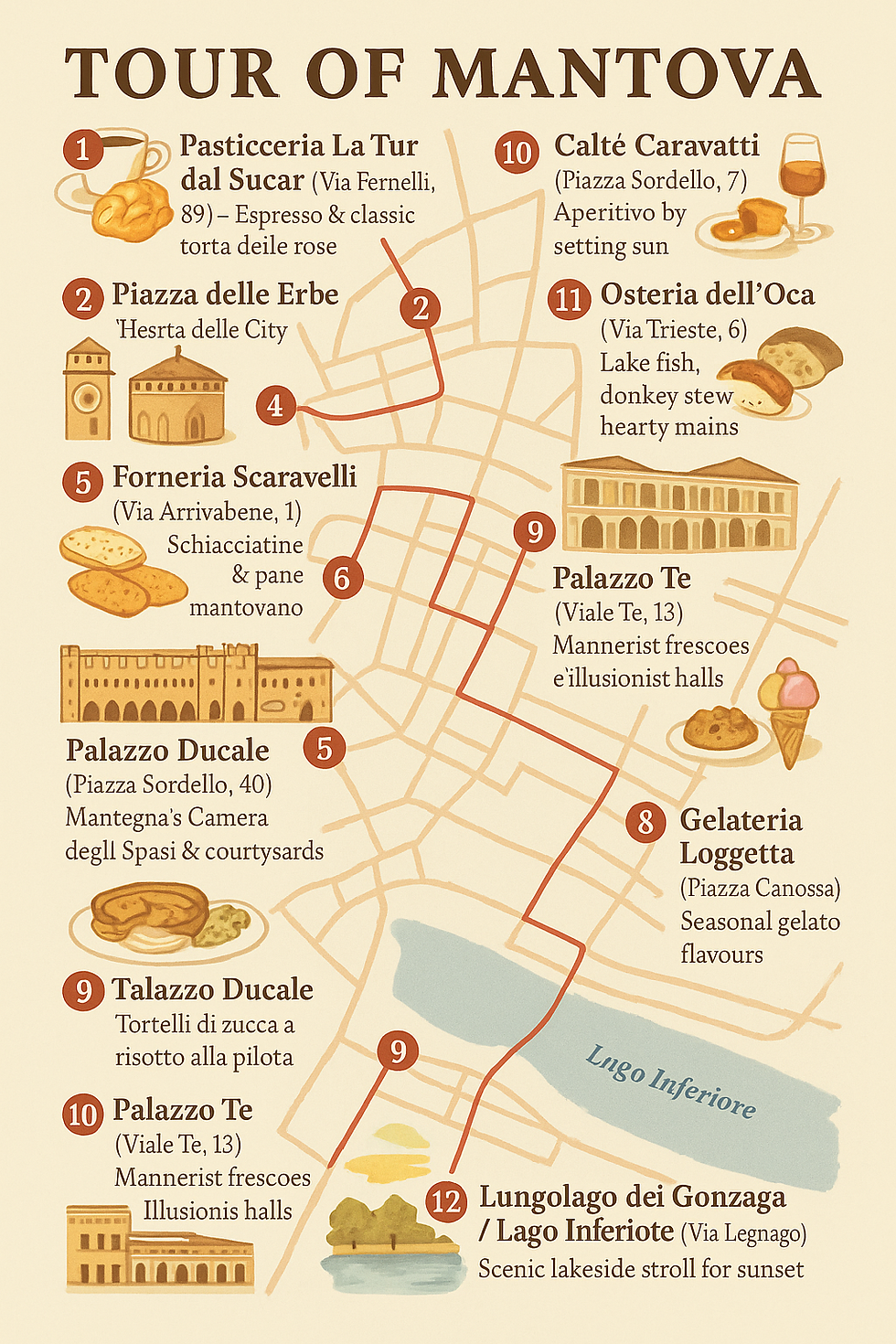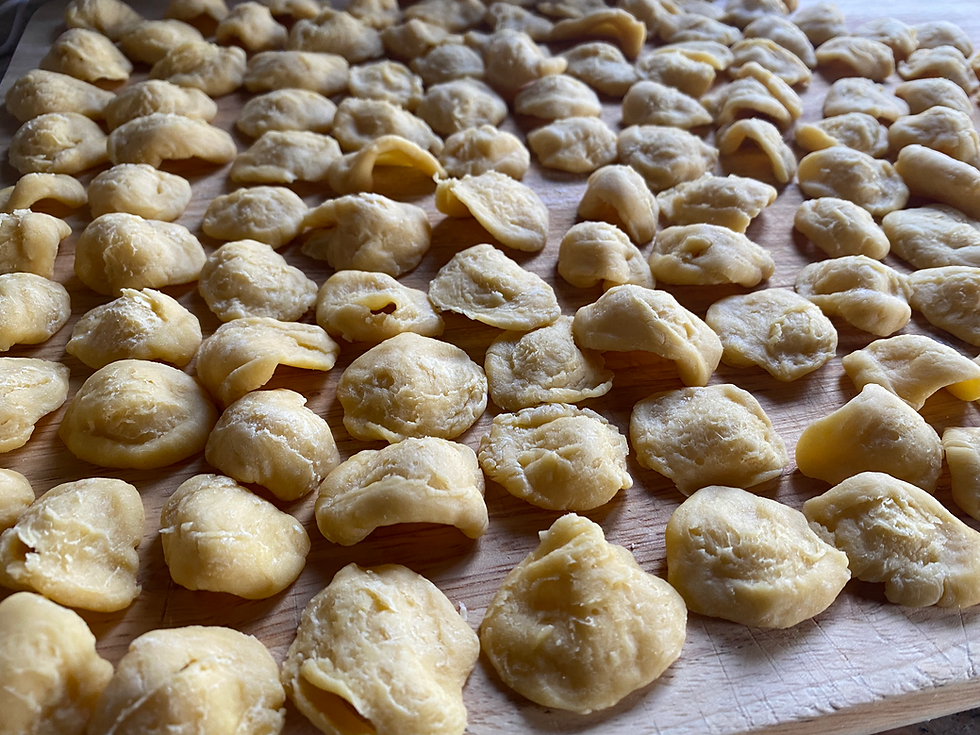Why Italian Cooking is Rooted in Simplicity: The Art of Cucina Povera
- Made al Dente

- Jul 3
- 4 min read
Updated: Jul 5
In a quiet Umbrian village one autumn morning, the scent of simmering beans mingled with woodsmoke. A pot of pasta e fagioli bubbled gently over a flame, its warmth echoing through the kitchen walls built by generations past. There were no frills, no rare ingredients — only what the earth offered that season. Yet the meal was unforgettable. This was not just food. It was Cucina Povera, the soul of Italian cooking, alive in every spoonful.

The Origins of Italian Peasant Cooking
Cucina Povera — literally “poor kitchen” — is not a dish, but a philosophy. It was born from necessity in Italy’s agrarian heartlands, where scarcity sharpened culinary ingenuity. In Tuscany, Calabria, Basilicata, and the mountainous regions of Abruzzo and Molise, peasants had to make do with what they grew, foraged, or bartered.
By the 19th century, especially during waves of economic hardship and wartime shortages, Italian families relied on a frugal, improvisational style of cooking that prioritized survival without sacrificing taste. Grains, legumes, seasonal vegetables, wild herbs, stale bread — these became the building blocks of sustenance. Preservation methods such as drying, pickling, and curing were not culinary trends but lifelines through the long winters.
Yet despite the hardship that birthed it, Cucina Povera is anything but meager. As food historian Massimo Montanari writes, “poverty generates culture — perhaps more than wealth does.” The flavor, depth, and heart of this cuisine live on not in expensive ingredients, but in the artful elevation of the humble.
The Ingredients and Techniques of Humility
At its heart, Cucina Povera is about transformation. It's the practice of turning what little you have into something deeply nourishing — and even celebratory.
In Southern Italy, breadcrumbs are toasted and used like cheese — a “poor man’s Parmesan” — to top pasta. In Tuscany, stale bread is soaked, torn, and revived in dishes like panzanella and ribollita, where texture meets earthiness. In the north, polenta — once considered peasant gruel — now graces Michelin-starred tables, though its roots lie in days when maize was the only thing standing between hunger and survival.
Seasonality is non-negotiable. You eat what’s growing. Broccoli rabe in Puglia during winter. Fava beans in Lazio in spring. Tomatoes in Campania only at their August peak. Nothing is wasted: beet greens are sautéed; cheese rinds flavor soup. A kitchen without waste is a kitchen that respects the labor behind every ingredient.
Expressions of Cucina Povera: From North to South
Every region tells its own story through Cucina Povera:
Ribollita (Tuscany): A stew that means “reboiled,” ribollita is built from yesterday’s minestrone and crusts of bread. Its richness comes from time, not luxury.
Pasta e Fagioli (Across Italy): Found in various forms from Veneto to Campania, this dish exemplifies balance — the starch of pasta with the protein of beans, often with a base of soffritto and the lift of rosemary.
Orecchiette con Cime di Rapa (Puglia): With bitter greens, anchovies, garlic, and chili, this dish is the definition of bold minimalism.
Panzanella (Central Italy): Originally a salad of stale bread, vinegar, and onions — tomatoes were a later addition — panzanella reflects a resourceful palate and a hot summer’s lunch on a farm table.
These aren’t relics. They’re living traditions. Each dish, when cooked with care, reconnects us to the hands that once tilled the soil and stirred the pot.
A Timeless Relevance: Why It Still Matters
Today, in a world dominated by abundance and waste, Cucina Povera quietly whispers a different ethos. It reminds us that luxury lies in flavor, not extravagance. That cooking is an act of respect — for the seasons, for the land, for those who came before.
Modern chefs, from Rome to Brooklyn, are reviving these recipes not for nostalgia alone, but for their enduring wisdom. They find inspiration in restraint, in letting one good tomato shine instead of masking it with ten.
Home cooks, too, find solace in this philosophy. In a time of economic uncertainty and environmental concern, Cucina Povera offers a blueprint for sustainable, affordable, meaningful nourishment. And for Italians, especially in rural areas and among the diaspora, it’s a way to remember — to keep alive the tastes and textures of their grandparents’ tables.
Frequently Asked Questions
What does Cucina Povera mean?
It translates to “poor kitchen,” reflecting a culinary tradition born from scarcity and shaped by creativity and regional produce.
Is Cucina Povera still relevant today?
Yes — its emphasis on seasonality, sustainability, and waste reduction makes it deeply relevant for contemporary kitchens.
What are some classic Cucina Povera dishes?
Dishes like Pasta e Fagioli, Ribollita, Polenta, Panzanella, and Orecchiette con Cime di Rapa exemplify the cuisine’s heart and principles.
Conclusion
In the quiet of the Italian countryside, a pot of beans still simmers. Bread hardens, not to be discarded, but to be reborn. This is Cucina Povera — not a relic, but a rhythm. A way of cooking that says: what we have is enough, if we know how to cherish it.


